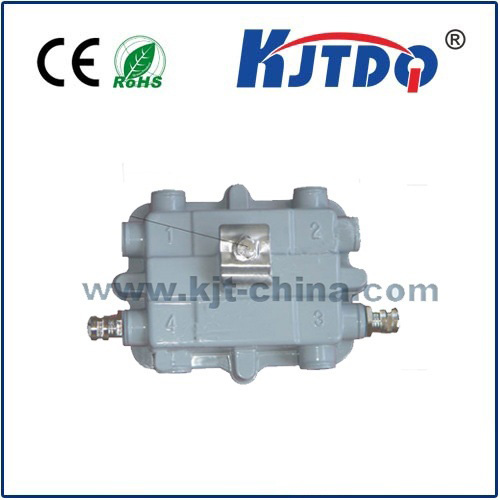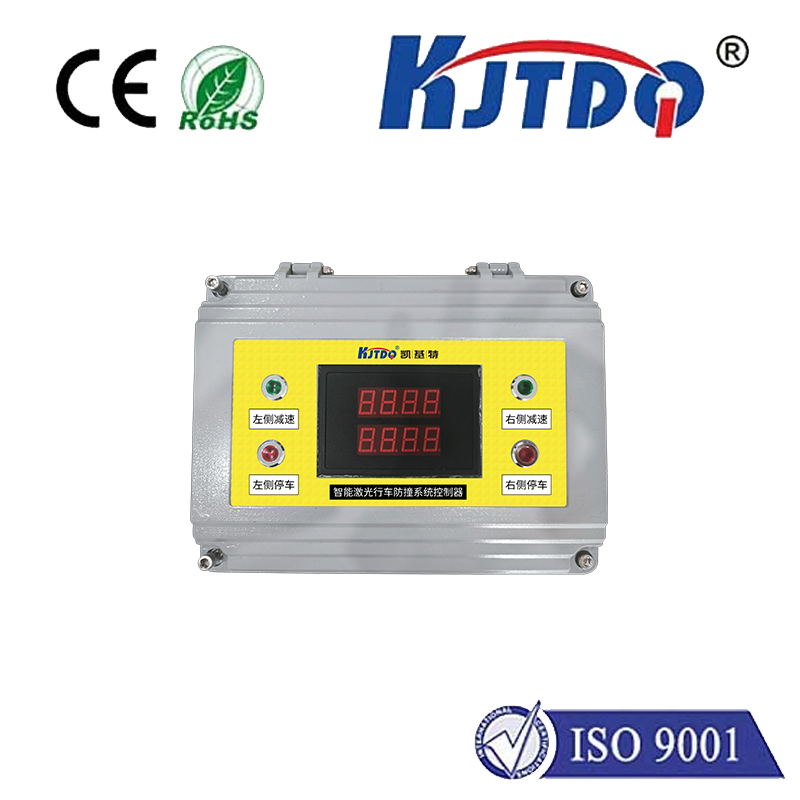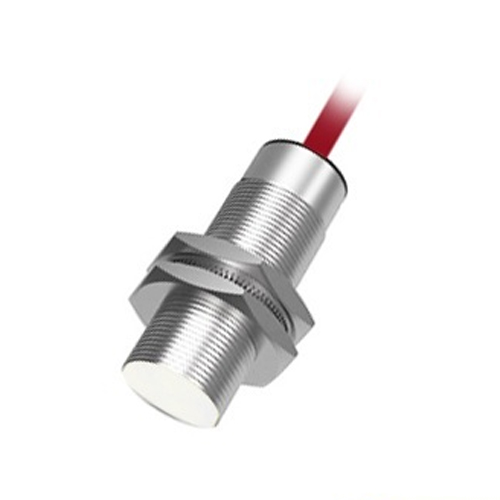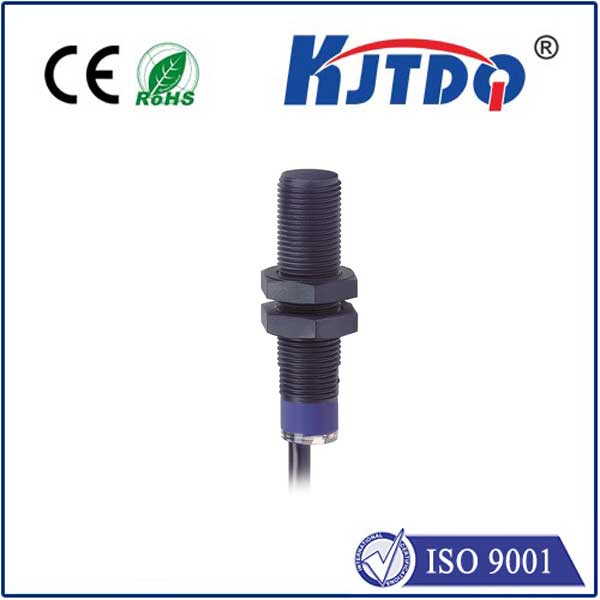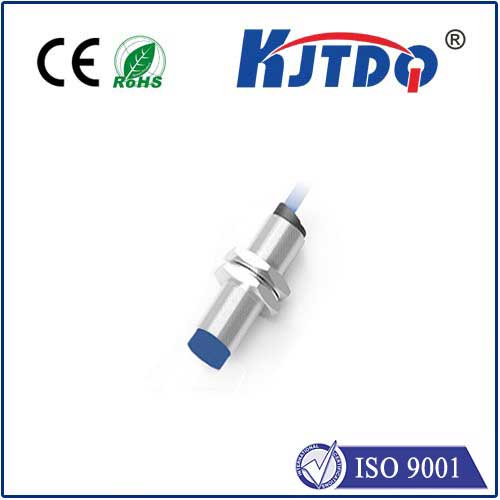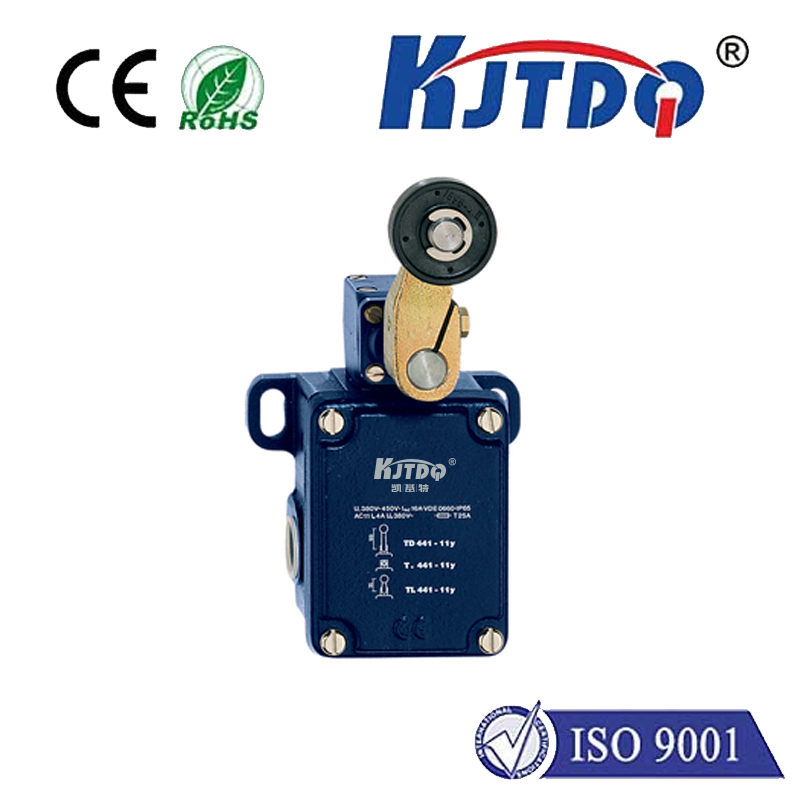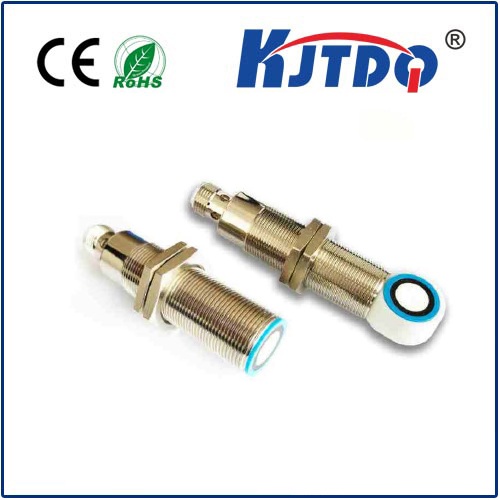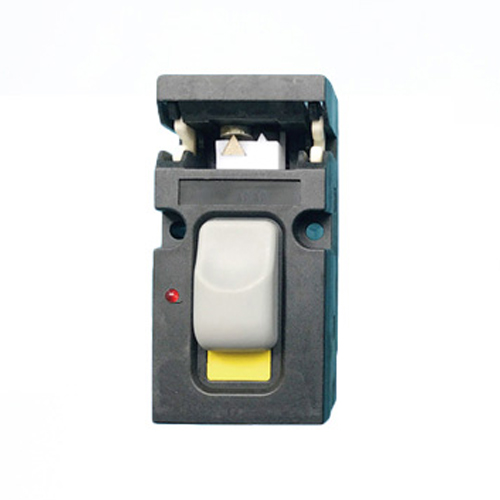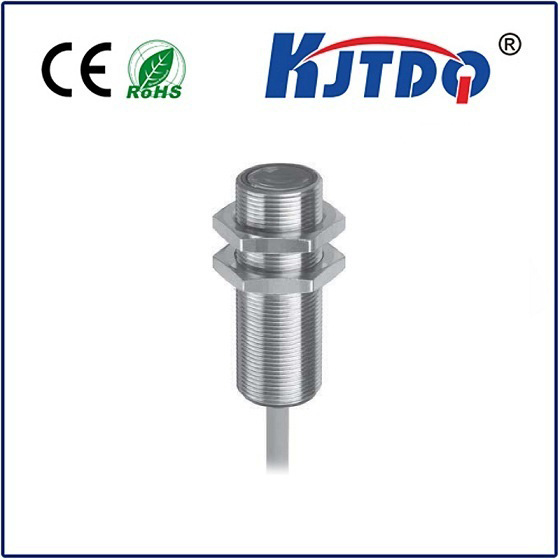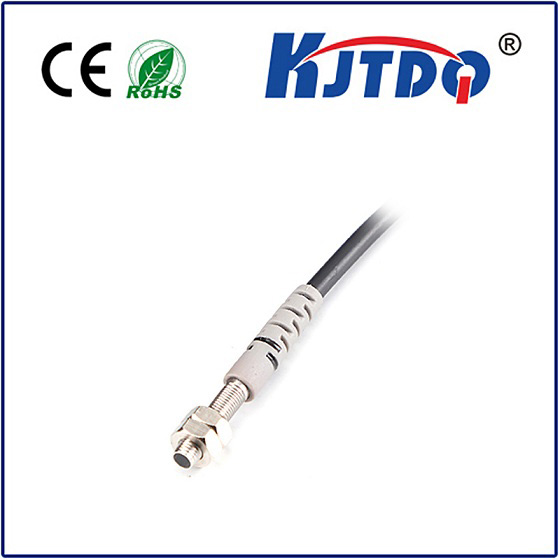omron sensor proximity
- time:2025-07-14 15:18:25
- Click:0
Omron Proximity Sensors: The Silent Sentinels Enabling Industrial Precision
Ever wonder how complex manufacturing lines miraculously “know” when a part arrives, a door closes securely, or a robot arm stops precisely? Often, the unsung hero enabling this seamless orchestration is the humble, yet incredibly reliable, proximity sensor. And when it comes to these vital components, Omron stands as a global leader, synonymous with innovation and unwavering performance. If precision, reliability, and durability are non-negotiable in your automation or machine design, understanding Omron sensor proximity technology is paramount.
Demystifying the Magic: What is a Proximity Sensor?
At its core, a proximity sensor detects the presence or absence of an object without physical contact. Think of it as an invisible electronic eye. Unlike mechanical switches that need to be touched to actuate, proximity sensors operate contactlessly. This fundamental characteristic brings immense advantages:
- Reduced Wear & Tear: No moving parts to break down, leading to significantly longer operational lifespans and lower maintenance costs.
- High-Speed Operation: Capable of detecting objects at incredibly high speeds, crucial for modern, fast-paced production lines.
- Environmental Resilience: Often sealed robustly, they perform reliably in challenging conditions like dirt, dust, oil, moisture, and vibration, where mechanical switches would fail.
- Versatility: Detect a wide range of targets – metals (most common), plastics, liquids, and even specific organic materials, depending on the sensing principle.
Omron’s Mastery in Proximity Sensing: Beyond the Basics
Omron didn’t just enter the proximity sensor market; it helped define it. Decades of relentless innovation have resulted in a portfolio renowned for its exceptional quality, cutting-edge features, and industry-leading robustness. Here’s what sets Omron sensor proximity solutions apart:
- Unrivaled Sensing Technologies: Omron offers a comprehensive range catering to diverse needs:
- Inductive: The workhorse for detecting metallic objects. Omron excels here with high sensitivity (detecting tiny parts), immunity to surface conditions, and extended sensing ranges. Their E2E Next Generation series is legendary for its toughness and performance.
- Capacitive: Detect virtually any material – liquids, plastics, powders, wood, glass, and even granular substances through non-metallic container walls. Perfect for level detection or non-metallic object presence. Omron’s capacitive sensors often feature adjustable sensitivity to ignore container walls.
- Magnetic (Reed Switch / Magnetostrictive): Specifically designed to detect permanent magnets. Used in cylinder position sensing (piston detection) and door/window monitoring. Known for remarkable reliability and compact size.
- Engineered for Extreme Environments: Omron proximity sensors are built to last. Key features include:
- Industry-Leading IP Ratings (e.g., IP67, IP69K): Offering exceptional protection against dust ingress and high-pressure water jets, enabling use in washdown environments like food processing or harsh outdoor settings.
- Robust Housing Materials: Stainless steel (e.g., the E2K-X series) or specialized plastics resistant to chemicals and impacts.
- Temperature Resilience: Wide operating temperature ranges ensure functionality from freezing cold to sweltering heat found in foundries or furnaces.
- Vibration & Shock Resistance: Built to withstand the rigors of heavy machinery operation without failure.
- Smart Features for Enhanced Control: Modern Omron proximity sensors go beyond simple detection:
- IO-Link Compatibility: Becoming increasingly standard, this allows for bidirectional data communication. Sensors can transmit not just on/off status but also diagnostic information (operating health, temperature, parameters). Remote configuration and monitoring become possible, enabling predictive maintenance.
- Multi-Voltage Operation: Many models accept a wide DC voltage range (e.g., 10-30 V DC), simplifying inventory management and power supply design.
- Advanced Output Circuits: Offering NPN, PNP, NO (Normally Open), NC (Normally Closed), and Namur-compliant options to interface seamlessly with any PLC or controller input.
- Short-Circuit Protection: Integrated circuitry safeguards the sensor and connected equipment from accidental wiring faults.
- Precision & Consistency: Omron’s manufacturing quality ensures sensors deliver highly repeatable accuracy and minimal hysteresis. This consistency is critical for precision positioning and quality assurance in automated processes.
Where Omron Proximity Sensors Power Industries
The applications are virtually limitless across every sector reliant on automation:
- Manufacturing: Object detection on conveyors, part counting, machine guarding limits, robotic arm positioning, spindle tool changer detection, end-of-travel checks.
- Automotive: Assembly line control (engine/transmission placement, door/window fitting), weld nut detection, fluid level monitoring in reservoirs.
- Packaging: Detecting packages on lines, fill level control in bottles/cartons, cap presence verification, label application verification.
- Food & Beverage: Ensuring proper container filling levels (capacitive sensors excel here), detecting cans/bottles on high-speed lines, monitoring machinery positions in washdown areas (stainless steel E2K-X sensors are ideal).
- Material Handling: Pallet presence detection in warehouses, elevator position sensing, baggage handling system control.
- Building Automation: Door and window security status, elevator car leveling, HVAC damper position.
Choosing Your Omron Sensor Proximity Champion: Key Considerations
Selecting the right sensor is crucial for optimal performance. Here’s a quick guide:
| Selection Factor |
Key Considerations |
Omron Sensor Recommendations |
| Target Material |
Ferrous vs. non-ferrous metals versus non-metallic materials |
Inductive (metals), Capacitive (all materials), Magnetic (magnets) |
| Required Sensing Distance |
Distance from sensor face to target |
Check specifications carefully as range varies significantly by model |
| Mounting Constraints |
Space limitations and environmental needs |
Consider flush/non-flush mount capability and physical dimensions |
| Environmental Conditions |
Exposure to liquids, chemicals, extreme temperatures, or vibration |
Look for high IP ratings, stainless steel models (E2K-X), wide temperature range |
| Electrical Requirements |
Voltage levels needed and output type |
Select DC voltage range (10-30V common), and NPN/PNP outputs to match PLC |
| Advanced Functionality |
Need for diagnostics or remote configuration |
Choose IO-Link enabled models for smart capabilities |
The Omron Advantage: Trust Built on Innovation
In the invisible yet critical world of machine sensing, reliability isn’t an option; it’s a necessity. Downtime caused by sensor failure translates directly to lost production and revenue. Omron sensor proximity solutions represent a benchmark in the industry, delivering the robustness, precision, and innovative features needed to keep modern automation running smoothly and efficiently. From the foundational inductive E2E series to the smart, IO-Link enabled platforms, Omron provides the sensing confidence engineers and machine builders rely on globally. They are truly the silent sentin











